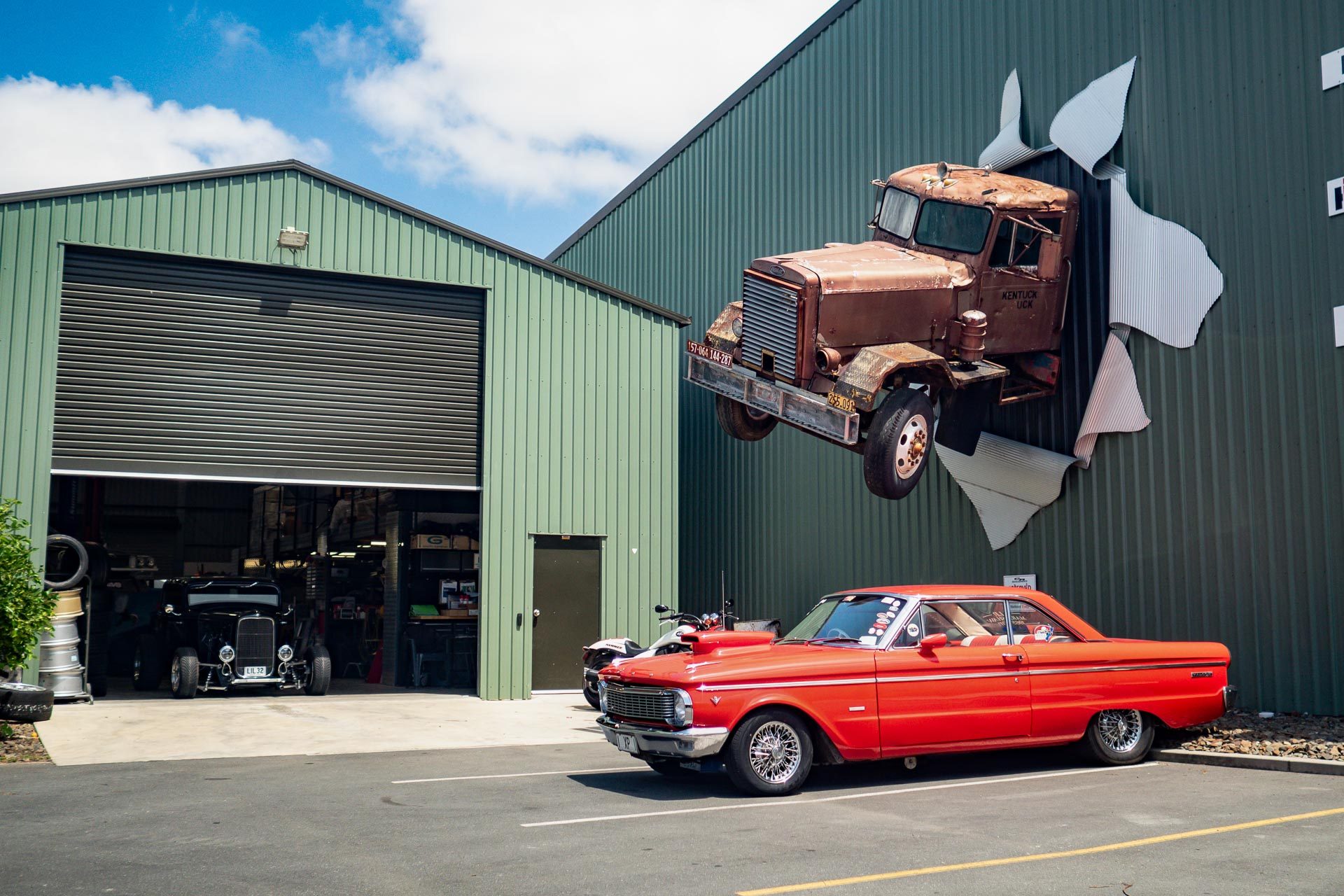When I first heard about podcasting almost three years ago, I knew right away I wanted to do it. Once I learned how, I decided to have a small scale in-home recording studio to record my podcasts. With the guidance of my webmaster who is my tech guru, I was able to quite inexpensively put together all that I needed to record. She was able to shop around and get my reasonably priced equipment and all the equipment was user friendly.
Now if you find yourself thinking “Well, she could do that, she’s probably into technology”, you’d be very wrong. I am a Baby Boomer woman and when I was in college, computers took up the size of a large climate-controlled room and you had to do keypunch cards to program the computer. Personal computers came along and the most techie thing I could do, until I learned about podcasting, was create Word documents and open email. But I learned and if I could learn, so can you.
So what’s required in this simple in-home recording set-up? Actually, not a whole lot is required. I have 7 pieces of equipment. I have my laptop (of course you can use your PC), a studio quality microphone, a desk microphone stand, a pop screen, a converter, a microphone mixer (to boost the sound) and a Y adapter cable (to connect mixer to converter). That’s it.
I use an Audio-Technica Pro Series Vocal Microphone (PRO 31 QTR). A wide diaphragm condenser microphone is recommended for voice-overs but I find that my 2.09-inch (53.1mm) head diameter gives me great sound for my podcasts and CD recordings. This microphone comes with the cable and a stand clamp.
The microphone stand I use is a desk model and comes from On-Stage Stands. I use a metal pop-screen from NADY but there are many to choose from that can clamp on to your microphone stand. Pop-screens cut down on the explosive or wind sounds we make when we say certain letters.
My microphone mixer is from Radio Shack and is a Stereo 4-channel mixer. It uses a 9-volt battery.
My converter is from Behringer (FCA202). It is compact and really high quality for the money. It comes complete with FireWire audio interface.
All my equipment has lasted beautifully for over two years so I have yet to replace any of it; the model numbers probably have changed.
The microphone receives the sound which is sent to the mixer which sends it to the converter via a Y adapter cable. The converter is where the magic happens- taking your voice which is in an analog signal and converting it to a digital signal which it sends via FireWire to the laptop and the recording software.
Now comes the software part. You will need a software program for recording and editing sound. I have always used Audacity; it is open source program and therefore is free. (There may be a licensing fee for Audacity in some countries.) The software can be downloaded from the Audacity site. There are other programs available that are fee-based such as SONY Sound Forge.
You will also need a software program to export the audio file you create in your recording program into MP3 or WAV. The LAME recorder does this for you; it is also open source and can be downloaded for free. (There may be a licensing fee for LAME in some countries.) Just Google in LAME encoder and it will take you to the site. Please note that it doesn’t work in all recording software programs but it does work with Audacity.
I convert both to MP3 and WAV, using the WAV files if I am going to burn a CD of my recording.
You may be saying that this is a lot…why don’t I just record over the phone and use a program like Audio Acrobat? You could but the quality of sound is nowhere near the quality of the set up I recommend. My recordings always sound like I recorded in a studio (except when I do phone interviews).
The quality of sound is important when you offer long audios…especially if you are recording for a home study system or sending your lessons or teleclasses out via MP3 download. After a while, the hiss and scratchy sound of phone recordings wears out the ear of your listener. Why not go with the highest quality you can for your audience?






More Stories
Honda Civic Batam: Mobil Legendaris dengan Desain dan Performa Terbaik
Read Me Loud And Clear With The Behringer Eurolive B250D PA System
Connect an iPod to a Toyota Stereo